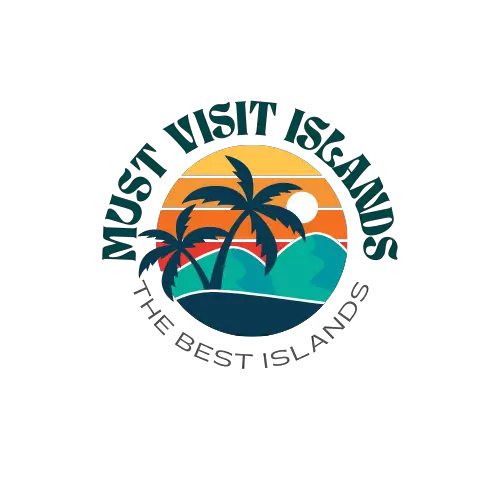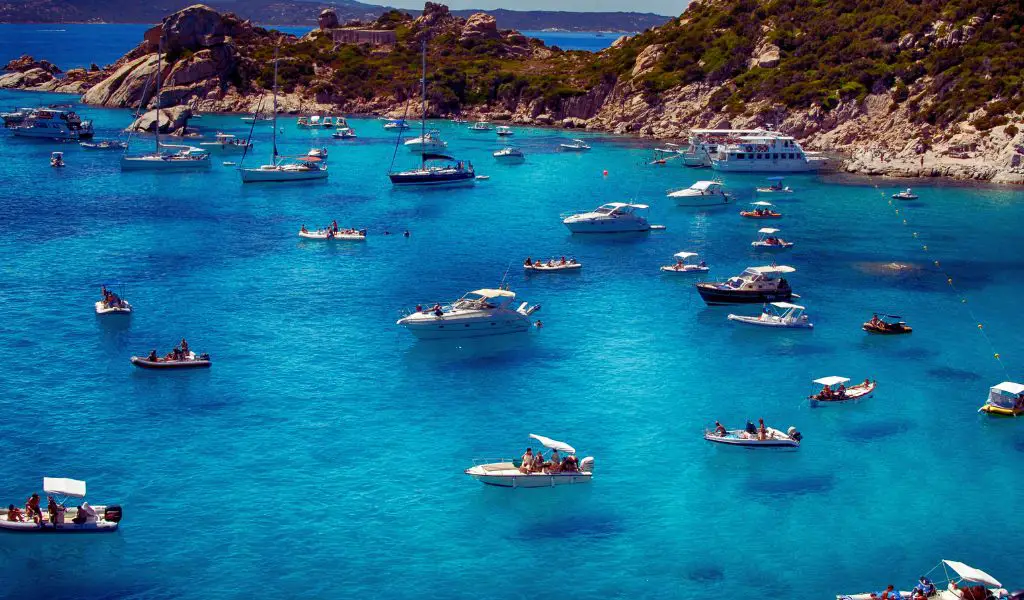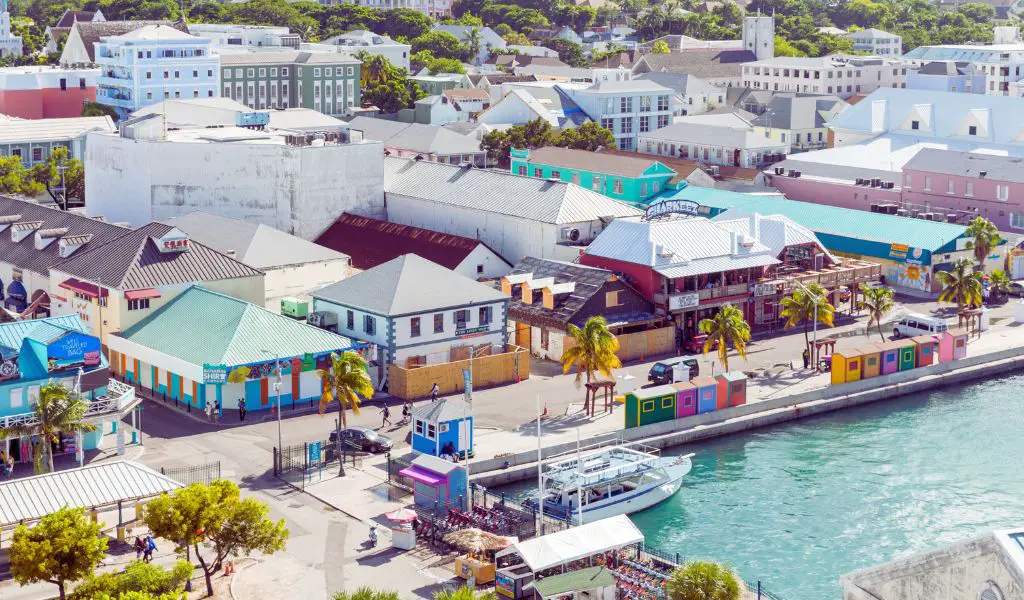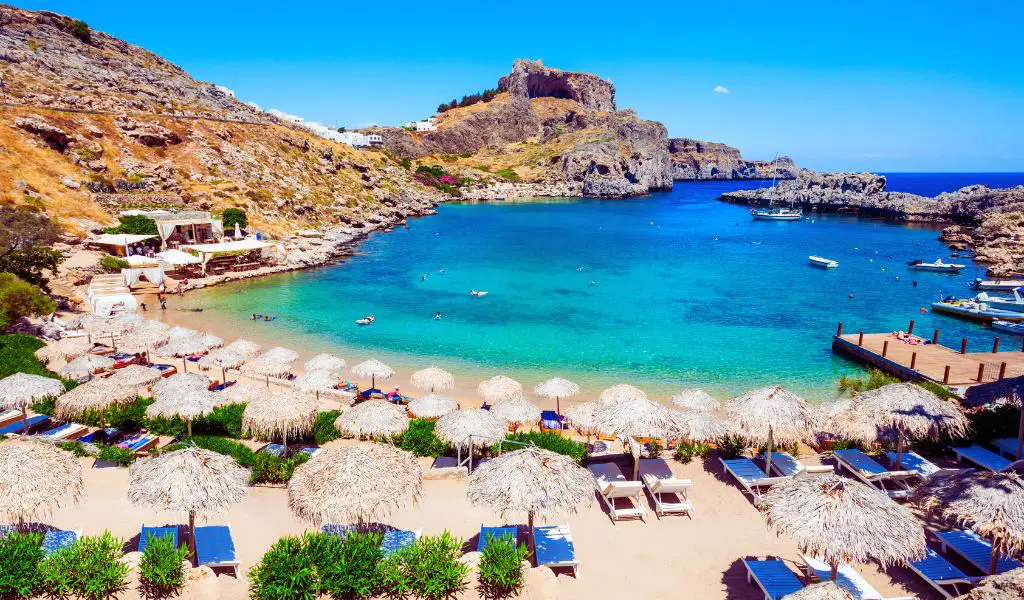Nestled in the shimmering blue Mediterranean waters, Sardinia stands proud as the second largest island in the region. This Italian jewel offers an intoxicating blend of pristine beaches, rugged mountains, and an abundant history that stretches back to the ancient times. Known for its uniquely preserved culture, traditions, and cuisines, Sardinia is a fascinating escape for those with a thirst for authentic experiences.
Geography
The island is characterized by its diverse geography, from the windswept coastline with over 1,800 km of beaches, coves, and cliffs, to the towering Gennargentu mountain range.
This variety of landscapes provides an ideal setting for a range of outdoor activities, including hiking, sailing, and horse riding.
History
Sardinia’s historical treasures range from prehistoric remains to ancient Roman and Phoenician ruins.
The island’s most notable historic sites are the Nuraghi, Bronze Age towers and settlements unique to Sardinia, and the most famous of these is Su Nuraxi di Barumini, a UNESCO World Heritage site.
Another impressive sight is the ancient city of Tharros, which bears witness to the Phoenician, Punic, and Roman civilizations that once inhabited the island.
Culture
Food and wine are an integral part of Sardinian culture.
With its Mediterranean climate and fertile soil, the island is well known for its high-quality produce, sheep and goat cheeses, and distinctive wines such as Vermentino and Cannonau.
It’s also famed for its unique pasta shapes, like the hand-rolled malloreddus and the intricate culurgiones, testament to the island’s rich culinary heritage.
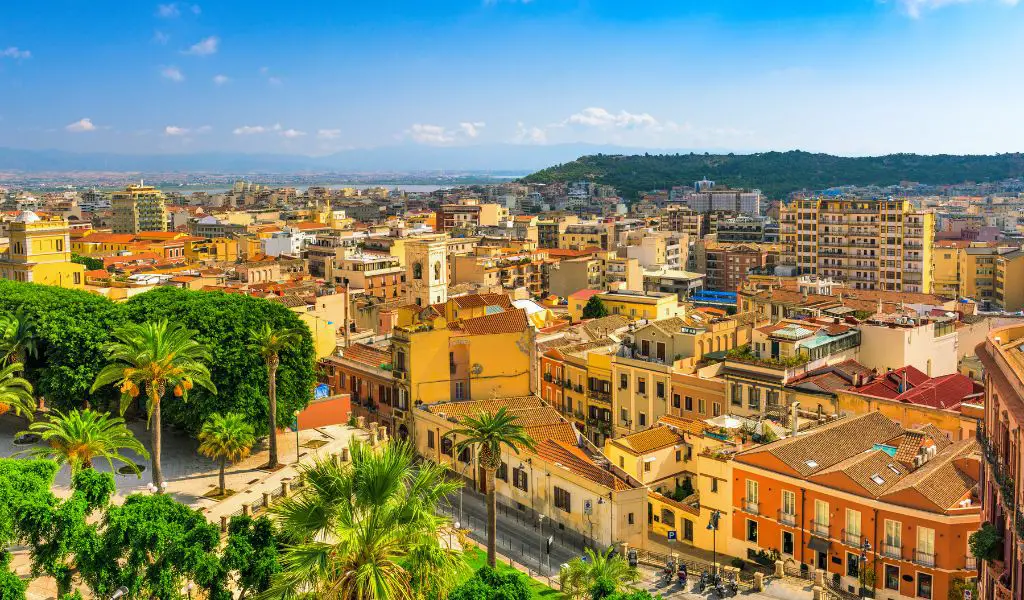
Population
As of 2023, Sardinia has a population of approximately 1.6 million people.
The island’s major cities are Cagliari, the regional capital, Sassari, and Olbia.
Despite its size, Sardinia is sparsely populated, with much of the population concentrated in these cities, leaving vast rural and natural areas largely undisturbed.
When to Go
Sardinia enjoys a Mediterranean climate, which means hot, dry summers and mild winters.
The best time to visit depends on what you’re looking for.
Beach lovers may prefer the warmest months, from June to September, while those interested in hiking or cycling might find the cooler, less crowded spring and autumn months more suitable.
How to Get There
Sardinia is well connected by air and sea.
There are three major airports on the island: Cagliari Elmas Airport, Olbia Costa Smeralda Airport, and Alghero Fertilia Airport, which are served by various international and domestic airlines.
Alternatively, there are regular ferries from mainland Italy to several ports around the island, including Cagliari, Olbia, and Porto Torres.
Highlights
Sardinia is full of natural and cultural highlights.
The Costa Smeralda, or Emerald Coast, is renowned for its stunning beaches and crystal-clear waters, while the Gennargentu National Park offers outstanding hiking.
The island’s unique gastronomy should not be missed, with local specialities such as pecorino sardo cheese and seadas, a sweet cheese-filled pastry.
In terms of historic sites, the prehistoric Nuraghi and the ancient city of Tharros are must-sees.
What You Should Know
Sardinia is part of Italy and uses the Euro.
The official language is Italian, but Sardinian, a language distinct from Italian, is also widely spoken. English is generally understood in tourist areas.
Sardinia has a relaxed pace of life, and siestas are common, especially in smaller towns and during the summer.
This means that many businesses may close for a few hours in the afternoon.
FAQs
What is the traditional food of Sardinia?
Traditional Sardinian cuisine is hearty and rustic, reflecting the island’s pastoral and maritime traditions.
Some typical dishes include suckling pig (porceddu), malloreddus (a type of pasta often served with a robust sausage sauce), and pecorino cheese.
For dessert, seadas, a deep-fried pastry filled with pecorino cheese and topped with honey, is a must-try.
What are some important traditions in Sardinia?
Sardinians maintain a rich array of traditions and customs.
The island’s calendar is filled with festivals and religious processions, such as the ‘Cavalcata Sarda’ in Sassari and the ‘Sagra del Redentore’ in Nuoro. Traditional dress is often worn for these occasions.
What wildlife can I expect to see in Sardinia?
Sardinia is rich in biodiversity. In the island’s interior, you might see wild boar, mouflon, and various bird species.
The island’s marine life is equally diverse, with dolphins, seals, and a plethora of fish species inhabiting its waters.
